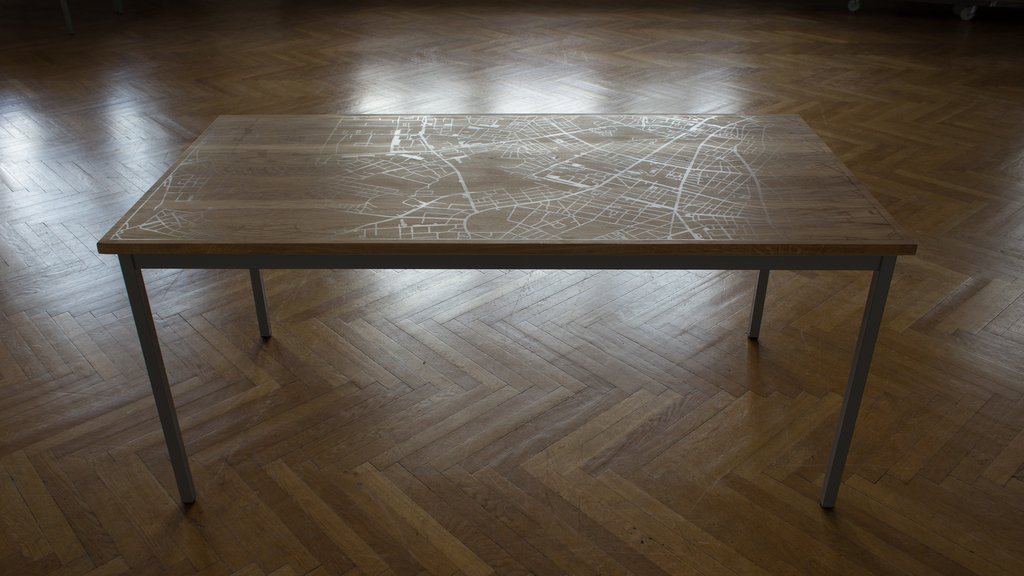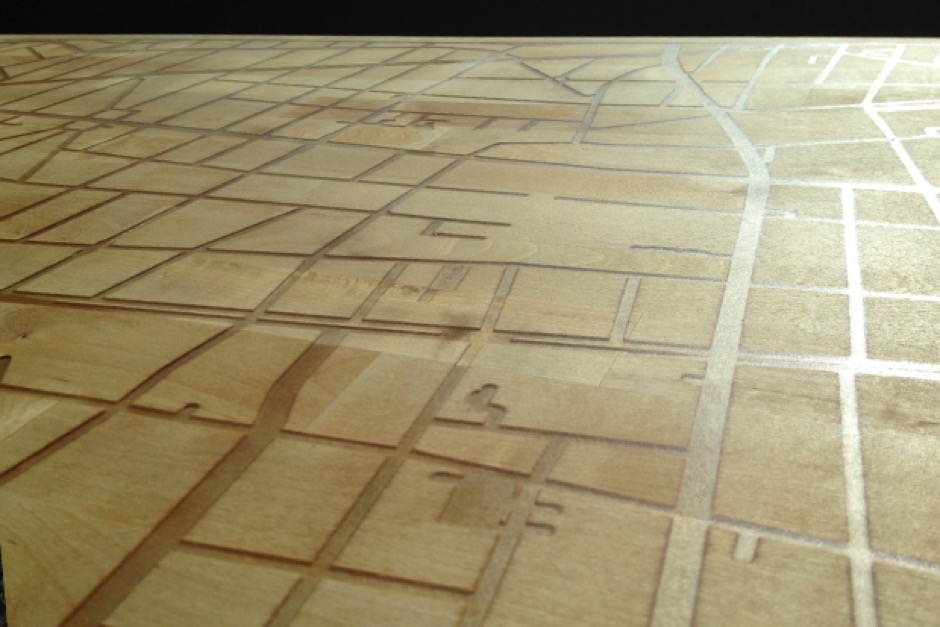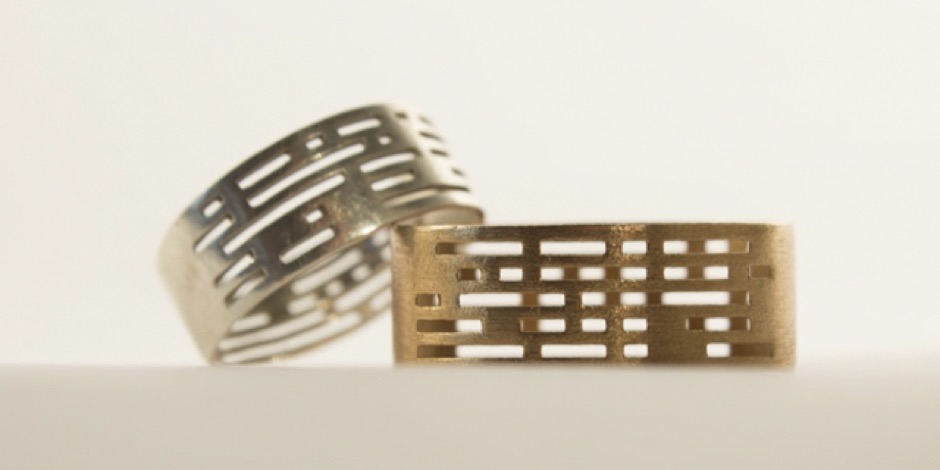Rethinking prototyping at the 2016 Transmediale
Published 22 February 2016 by Ewen Chardronnet
The Finnish designer Jussi Ängeslevä presented the fruit of three years of research to redefine prototyping at the Berlin Transmediale. He and his students designed services that find their place between the traditional workshop and mass production.
Berlin, from our correspondent
The work Rethink! Prototyping presents a set of projects from three years of research lead by the University of Arts and the Technical University of Berlin to understand the evolution of prototyping in design and research (Hybrid Prototyping, Blended Prototyping and Beyond Prototyping). The third section of this research was presented by the Finnish designer Jussi Ängeslevä during the Transmediale, the new media festival in Berlin..
Beyond Prototyping focused on the types of services between the workshop (homemade single-piece fabrication, thanks to a 3D printer) and mass production. Services relying on the web that demonstrate the potential of intermediary positions in terms of economic model.
Presentation by the Finnish designer Jussi Ängeslevä of prototypes designed with his students:
The map table
Locatable is a web interface that allows you to enter the address of your choice in order to carve in the wood of a table the afferent map. The Internet user can choose the type of wood, the width of the table and the map.


Dated wedding bands
Based on an algorithmic system quite close to the digital sundial we were telling you about not so long ago, Ciphering allows you to encode your wedding date in customized wedding bands. The digits only become visible by projecting light though the wedding bands or looking with the right angle. The shape is first printed in wax in 3D, then melted in silver, bronze or gold.


The lampshade that sheds light
The third prototype, Highlight, is a lampshade that adapts the luminosity to the room in which it is placed. At first, you screw a 3D scanner to the cap of the bulb of the ceiling light in the apartment. Once the room is scanned, you can visualize your room in 3D in a web application and choose the areas where the light will be directed. On the couch, the coffee table, the desk, the bookcase, etc… From these preferences, a shape is generated and ready to be printed. You just have to wait for the lamp to create a customized atmosphere, avoiding having to resort to several lamps. A solution that is not adapted to all the disorganized people who like to often change their armchairs and couches around…
